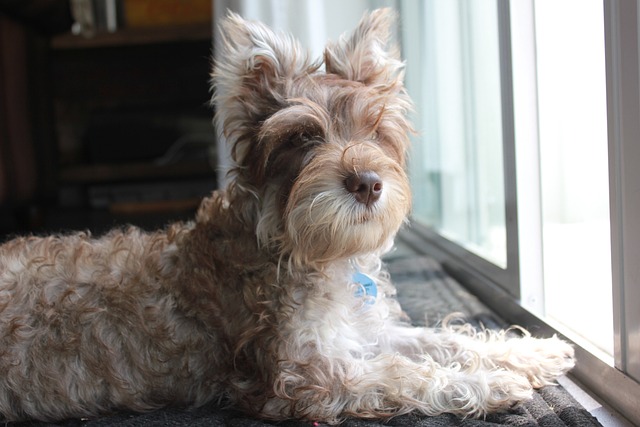
How do i train my dog to be obedient?
Watching your dog dart across the park ignoring your calls isn’t just frustrating—it can put them at risk near busy streets or public spaces.
Imagine you're enjoying a peaceful afternoon at your neighborhood park in Ohio when suddenly your curious terrier spots another dog across the field. Before you can react, he's pulling at his leash, eager to investigate. This common scenario highlights why developing a reliable recall is one of the most important skills you can teach your dog—not just for convenience, but for safety and community harmony. Training an effective recall requires understanding canine behavior while respecting modern animal welfare practices.
The foundation of successful recall training lies in positive reinforcement and understanding what motivates your individual dog. Canine behaviorists have found that dogs respond best to recall training when it's associated with high-value rewards and consistent positive experiences. Start indoors with minimal distractions, using a special treat or toy your dog loves. Say your chosen cue word ("Come!" or "Here!" work well) in an enthusiastic tone, then reward immediately when your dog responds. Gradually increase distance and difficulty, but never punish slow responses—this builds trust rather than fear. Remember that in the U.S., force-based training methods are increasingly frowned upon, with many states considering regulations against harsh correction techniques.

For urban pet parents, begin practicing in your apartment hallway before progressing to enclosed outdoor spaces. Many city ordinances, like those in New York or San Francisco, require dogs to be leashed in public areas until they demonstrate reliable recall—this protects both your pet and community members. Always carry waste bags during training sessions, as cleaning up promptly is not only courteous but legally required in most municipalities. If you live in an apartment complex, be mindful of neighbors when practicing vocal commands during early morning or evening hours.
Incorporate recall practice into daily routines: call your dog for meals, favorite toys, or brief petting sessions. Use a long-line training leash (15-30 feet) when transitioning to open spaces, allowing your dog freedom while maintaining safety. If your dog gets distracted during training, avoid repeating the cue word multiple times—instead, gently guide them back with the leash and reward any movement toward you. Practice in various environments to help your dog generalize the behavior, from quiet parks to slightly busier areas (while always respecting leash laws).
Consistent, positive training will help create a reliable recall that keeps your dog safe and strengthens your bond.

Watching your dog dart across the park ignoring your calls isn’t just frustrating—it can put them at risk near busy streets or public spaces.

New puppy owners often find themselves rushing to clean up accidents before they set in, and that’s where puppy pad training becomes a game-changer.

If you've noticed your dog's waistline disappearing and your veterinarian has mentioned those few extra pounds, your first instinct might be to simply reduce the amount of food in their bowl.

Training a dog to use a designated spot indoors isn’t as daunting as many new owners fear, but it does take consistency and an understanding of your pet’s needs.

That moment of dread on a walk is all too familiar for many new dog owners. You see another dog approaching down the sidewalk of your neighborhood

If the sight of another dog on your neighborhood walk makes your heart sink as your own dog erupts into a frenzy of barking and lunging, you're not alone.